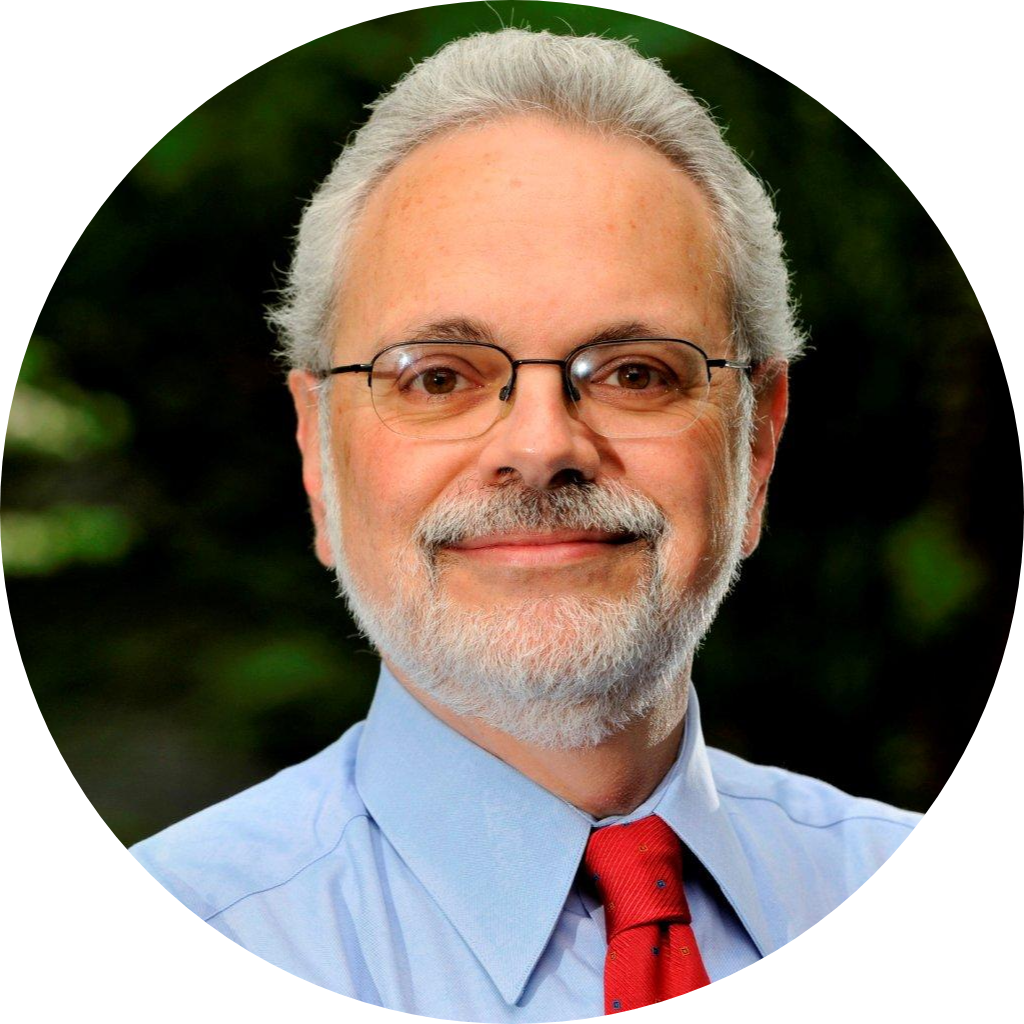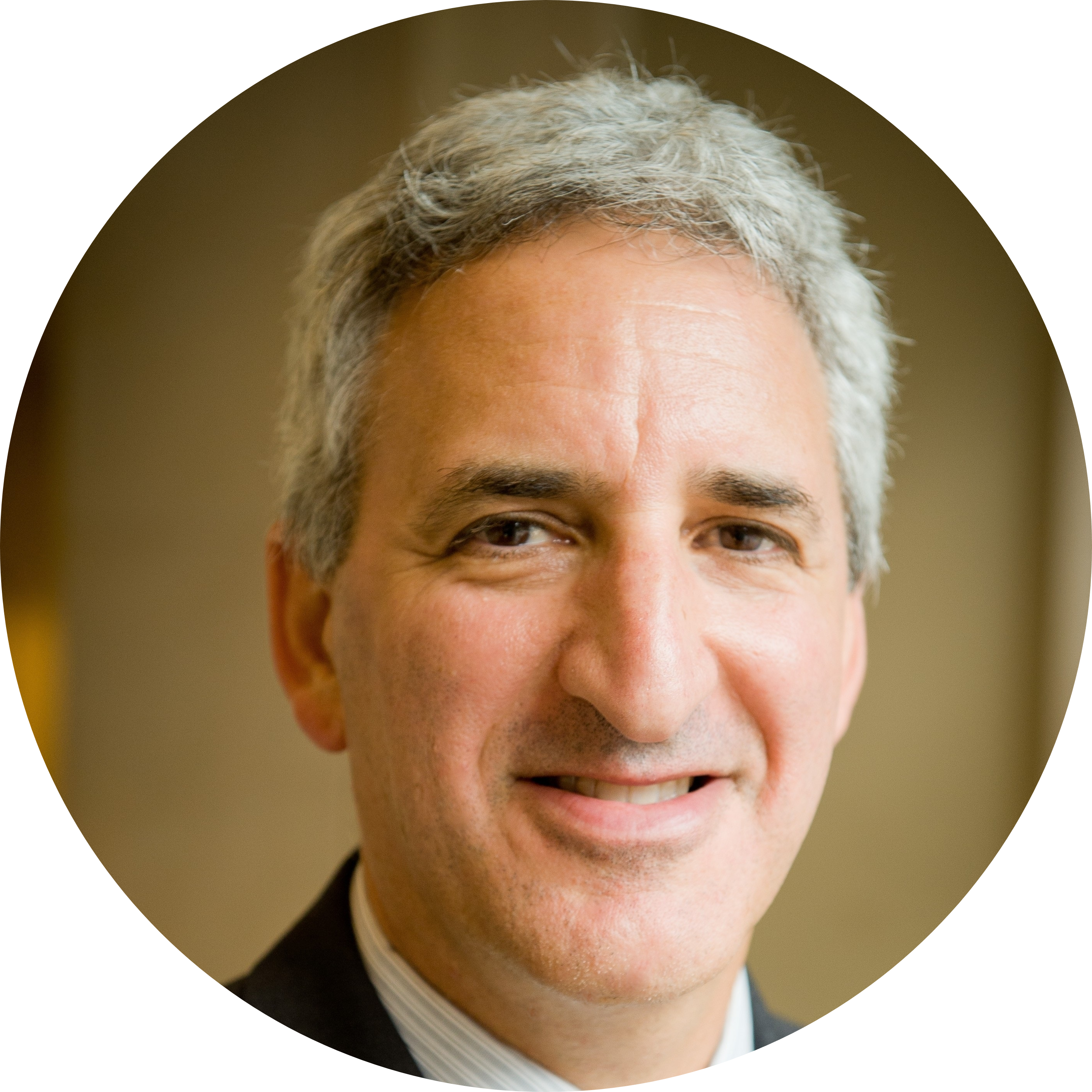We asked 10 scholars from the Brookings Economic Studies program to share what they thought was the most important story in economics over the last 10 years. Here’s what they told us:
Low interest rates have left the Fed backed into a corner
David Wessel
One of the biggest economic stories of the 2010s is interest rates and how low they are. At the beginning of the decade, the Congressional Budget Office forecast that the yield on 10-year Treasury bonds would average around 5% during the 2010s. Today, those rates are well below 2%, and CBO projects they’ll hover around 3% for the next decade. This reflects a far-reaching change in the U.S. economy and, indeed, the world economy: There has been a steady, sustained decline in what’s sometimes called “the natural rate of interest,” the one expected to prevail when the economy is healthy and inflation low and stable. This makes it possible for the U.S. government to shoulder a larger federal debt and reduces cost of borrowing for everything from home mortgages to public investments that could raise living standards in the future. But it also makes the Federal Reserve’s job tougher: With interest rates so much closer to zero than has been the case in the past, the Fed has less room to cut rates to fight the next recession.
Aaron Klein
Robbing the poor to give to the rich
Income inequality’s continued growth in the post financial crises American economy is the most significant economic development of the 2010s. Not as well appreciated is the growing role America’s payment system has played as a silent, reverse Robin Hood. What I mean is: The payment system has transferred hundreds of billions of dollars over this decade from the poor to the rich. How? From the explosion of tax free credit card rewards available only to the well healed, to the incredible costs of a slow payment system born by those working paycheck to paycheck in overdraft fees, to the rise of payday loans.
Isabel Sawhill
The cost of the free market was high for some
The period from 2010 to 2020 saw the longest economic recovery on record. The bad news is that we haven’t used this good economic news to make needed public investments, reduce the national debt, or address the needs of those left behind—the group that President Trump called “the forgotten Americans.” One result is that a number of economists are now challenging the intellectual foundations of the kind of free market philosophy that has permeated our political discourse, led to unaffordable and poorly designed tax cuts, and ever-growing inequality.
Christen Linke Young
Matthew Fiedler
The Affordable Care Act sharply reduced the uninsured rate
Since the Affordable Care Act (ACA) was enacted in 2010, the uninsured rate has fallen by more than 40 percent, by far the largest decline since the years after the creation of Medicare and Medicaid. That decline is almost entirely due to provisions in the ACA that created subsidies for people buying coverage on their own, expanded Medicaid, and allowed young adults to remain on a parent’s plan through age 26, as well as the law’s now-repealed individual mandate.
Despite these successes, the law has been the subject of unceasing partisan conflict and legal challenges, which continue as the decade comes to a close. Repealing the ACA – either legislatively or through the courts – would reverse the law’s gains. And about 30 million people (9% of Americans) remain uninsured, so there is more work to do to achieve truly universal coverage. But, for now at least, the law has accomplished a great deal.
Matthew Fiedler
Christen Linke Young
Growth in health care spending was unusually low
One underappreciated story of this decade has been the unusually slow growth in health care spending. From 2010 through 2018, health care spending rose only modestly as a share of the economy, from 17.3 percent to 17.7 percent. For comparison, the typical eight-year period during over the preceding half-century saw an increase five times larger. This outcome is particularly striking in light of the fact that the large expansion in health insurance coverage during this period.
Why has health care spending growth been low? Policy changes—particularly the Affordable Care Act’s reductions in Medicare provider payment rates—played a role, but are not the whole story. Notably, it looks increasingly plausible that the underlying pace of health care spending growth has—in fits and starts—been drifting lower over the past few decades, though the reasons for that are unclear.
Slower health care cost growth has eased pressure on government and household budgets. But the glass is only half full. Even with a decade of slower growth, there is considerable evidence that the prices Americans pay for health care services are higher than they need to be and that we receive large amounts of low-value care. So while this decade has been a welcome break from the past, policymakers have a long road ahead of them.
William Gale
Taxing the rich has taken center stage
Over the past 10 years, concerns about long-term increases in income and wealth inequality have become political catalysts. Both trends have been striking for some time, however, if you look beyond the immediate past decade: The 400 richest Americans owned 0.93 percent of wealth in 1982, rising to 3.26 percent in 2018; and the top 1 percent received 7.4 percent of after-tax, after-transfer income in 1979 versus 12.5 percent of income in 2018. Policy is one of many factors that affected these trends. For example, despite the massive boost in resources at the top, the share of income that the rich paid in taxes did not rise. The top 1 percent paid 35% percent of their income in taxes in 1979 compared to 34% percent in 2013. Yet in a progressive tax system, taxes as a share of income should rise when income rises. Increasing inequality reduces opportunity, mobility, and economic performance, and attacks democratic principles. Over the past decade, proposals to raise taxes on the well-to-do have received increasingly more attention. These proposals—including taxing wealth directly, closing income tax loopholes, and taxing capital gains as they accrue—have gained traction even in the policy mainstream but would have been too radical to seriously discuss 10 years ago. The question for the next decade is whether the urgency and energy behind taxing the wealthy brings about any meaningful policy changes.
Louise Sheiner
Dismal news on life expectancy
After increasing steadily for decades, life expectancy began falling in 2014, fueled by increases in drug overdoses, alcoholism, and suicides among working-age Americans. The surge in drug overdoses is at least partly attributable to the introduction and widespread adoption of prescription opioid pain relievers in the late 1990s, but many believe that these “deaths of despair” also reflect increasing stress and lack of opportunity for many Americans. Evidence also suggests that the gap in life expectancy across income levels has been widening sharply—with those with at the top of the income distribution gaining many more years of life than those at the bottom. These grim statistics should be a call to action—both to further understand the underlying causes of the rising mortality, and to take action to address them.
Lauren Bauer
All school and no work becoming the norm for American teens
One of the biggest economic stories from the past (two) decades is how teens and young adults are spending their time. From 2000 to 2018, the labor force participation rate of 16- to 24-year-olds declined 10.2 percentage points during the academic year. Our research shows that the reasons for this decline include increasing school enrollment, a decreasing propensity to juggle work and school, and spending more time on education-related activities. If enhanced time spent on education contributes to lower high school dropout rates and increasing degree completion rates, then this investment in human capital will likely contribute to higher labor force participation and wages for these youth for decades to come, offsetting temporary losses in aggregate labor force participation that comes from fewer youth working today.
Martin Neil Baily
The promised productivity surge has not materialized
Productivity growth is an important driver of economic growth and it has been very slow in recent years. There was optimism that tax cuts and business-friendly policies would result in a surge in growth, but that has not happened. Labor productivity in the non-farm business sector grew at only a 1.4 percent annual rate from the first quarter of 2017 through the third quarter of 2019. Moreover, business investment, an important contributor to productivity, has also been weak. With a business cycle boom and the promise of breakthrough technologies, like robots and artificial intelligence, it is disappointing that productivity performance remains weak. Unless things change, soaring federal budget deficits and weakness in worker earnings will continue. The next president will face daunting economic challenges.
Stephanie Aaronson
Demographics became a headwind for US economic activity
The oldest members of the baby boom cohort, the large cohort that was born between 1946 and 1964, reached full social security retirement age at the start of this decade. The aging of the baby boomers has put downward pressure on labor force participation, which now stands at about 63 percent, down from just under 65 percent at the start of 2010, a significant reduction in the productive capacity of the economy. In addition, the aging of the population could be contributing to the well-documented reduction in dynamism in the US economy as measured, for instance, by lower productivity growth and reduced labor market fluidity. Slower population growth can reduce the rate of business formation and an older workforce tends to be a less mobile workforce.
But the demographic headwinds facing the US go beyond the aging of the baby boomers. Fertility rates have fallen dramatically over the past decade, from about 1.9 births per woman in 2010 to less than 1.8 in 2017. To some extent, this decline in fertility is good news, because it partly reflects a steep decline in births to teenage mothers, a public policy priority. But the lower fertility rate has important long-run macroeconomic consequences. Looking forward 20 to 30 years, lower fertility now means slower labor force growth and fewer workers per retiree, both of which will make it more difficult for the US to meet its fiscal responsibilities, including providing Social Security and Medicare for the elderly and investing in education and health for the young, even if the cohort is relatively small.













Commentary
What was the big story in economics over the last decade?
December 16, 2019